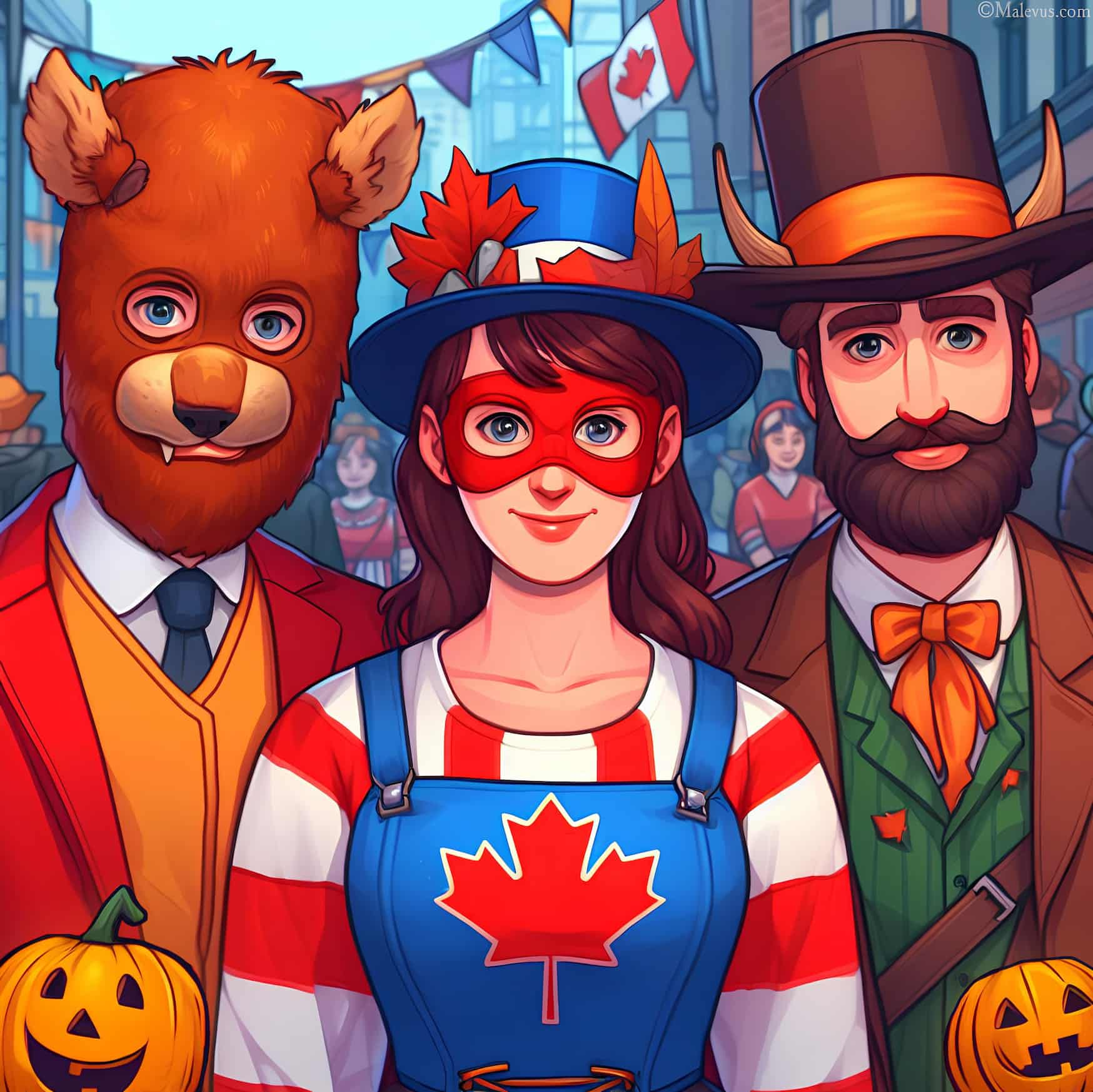Do Canadians Celebrate Halloween? Pretty Much Yes
Canadians celebrate Halloween in a manner that is less commercial and less widespread than their American counterparts.

Canadians celebrate Halloween in a manner that is less commercial and less widespread than their American counterparts.

